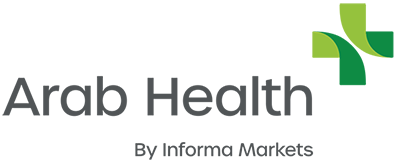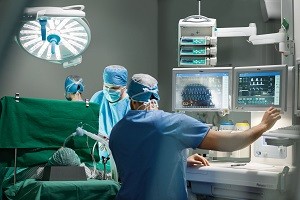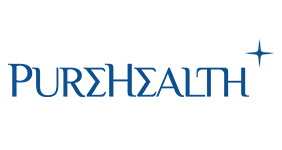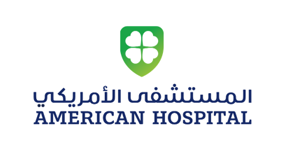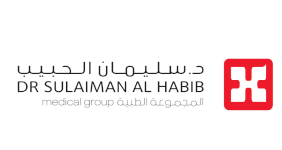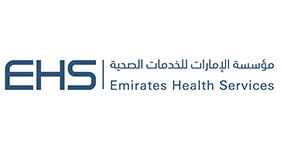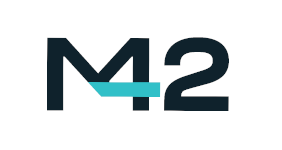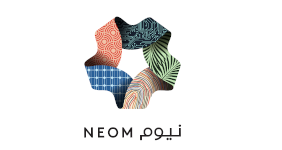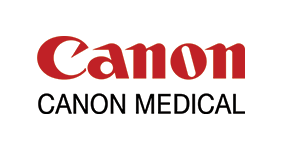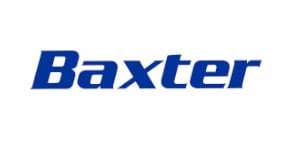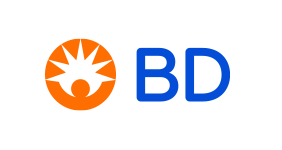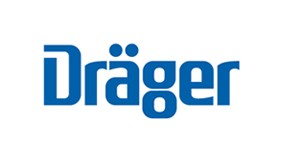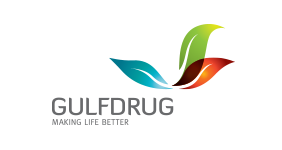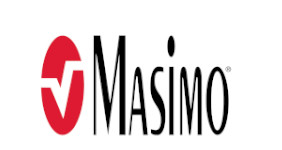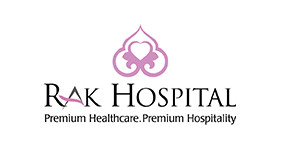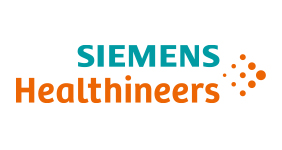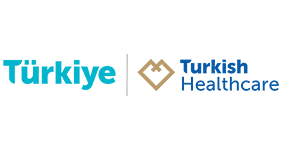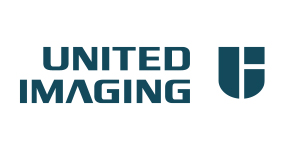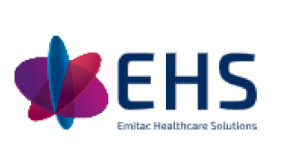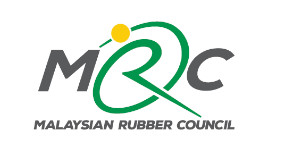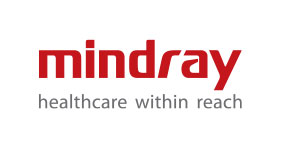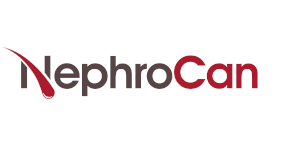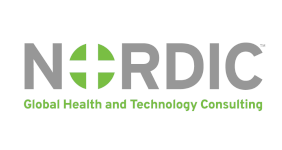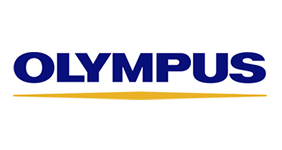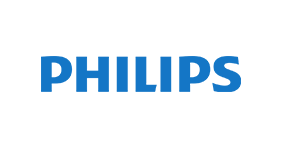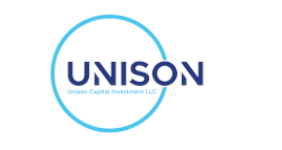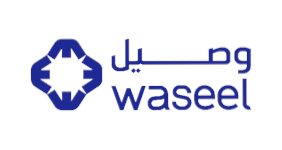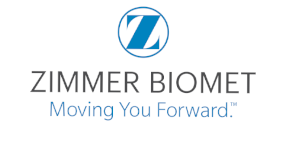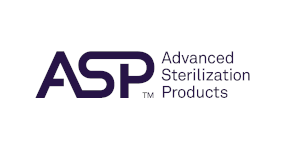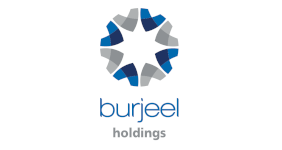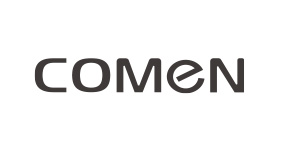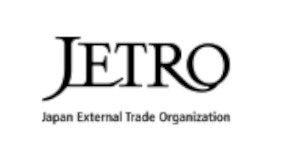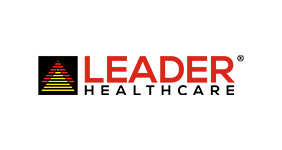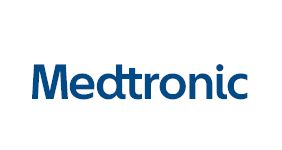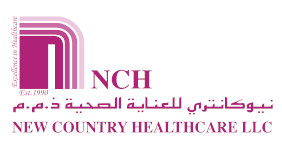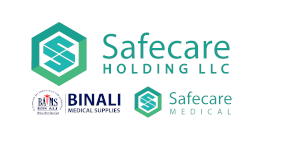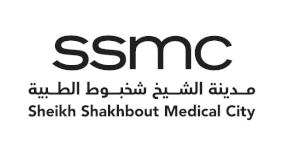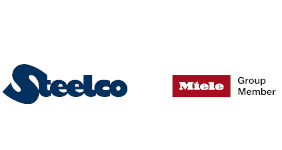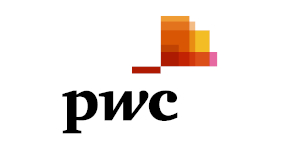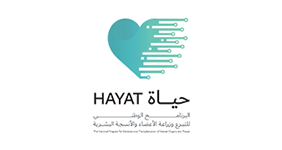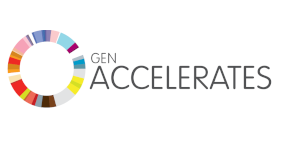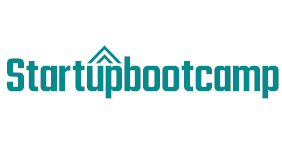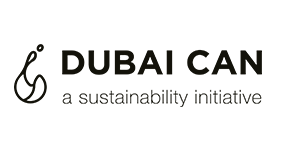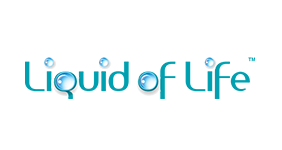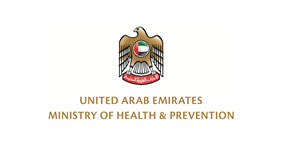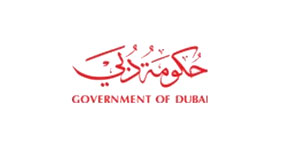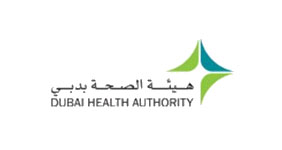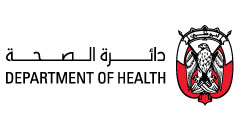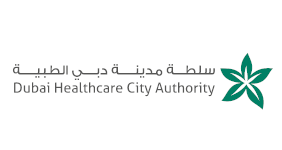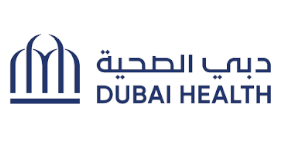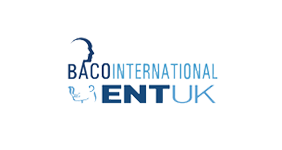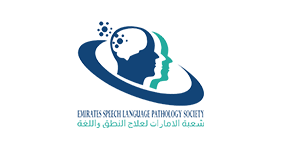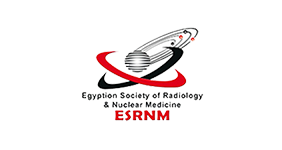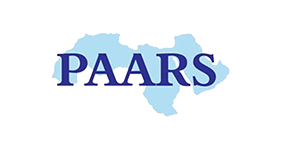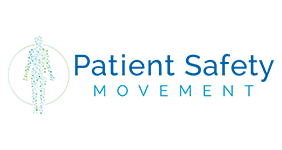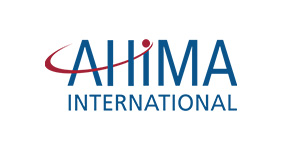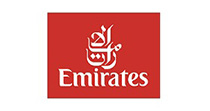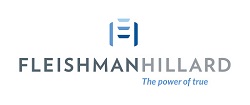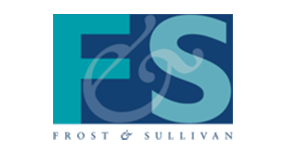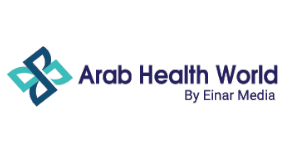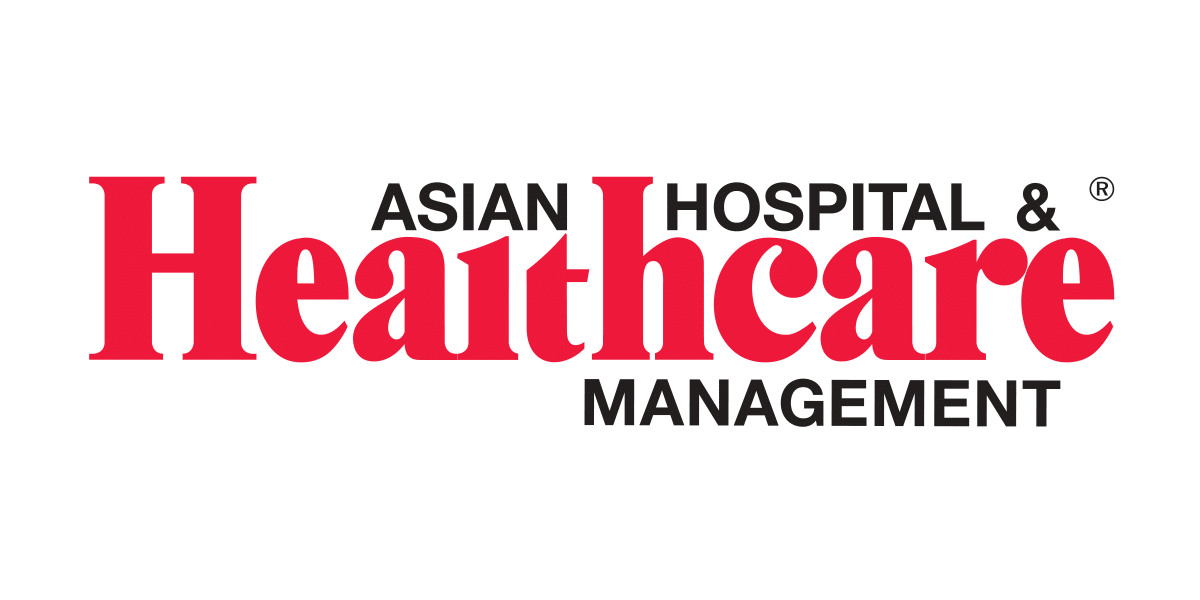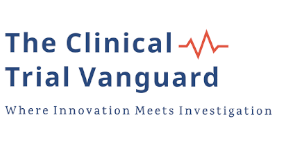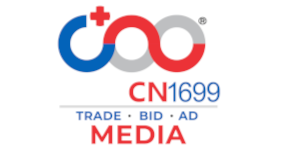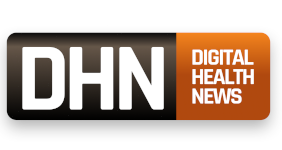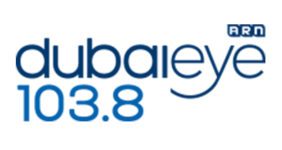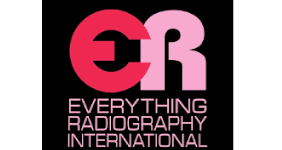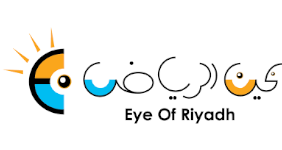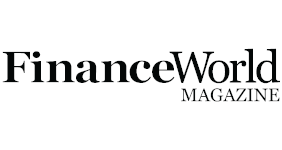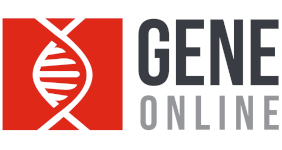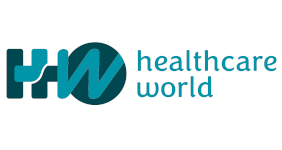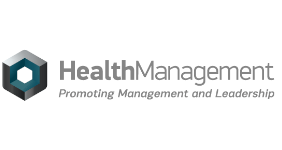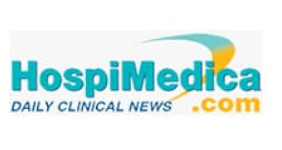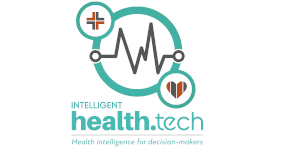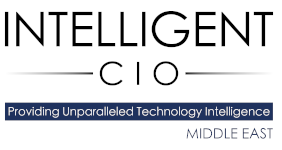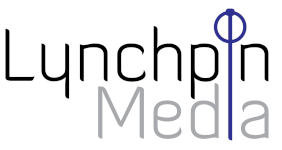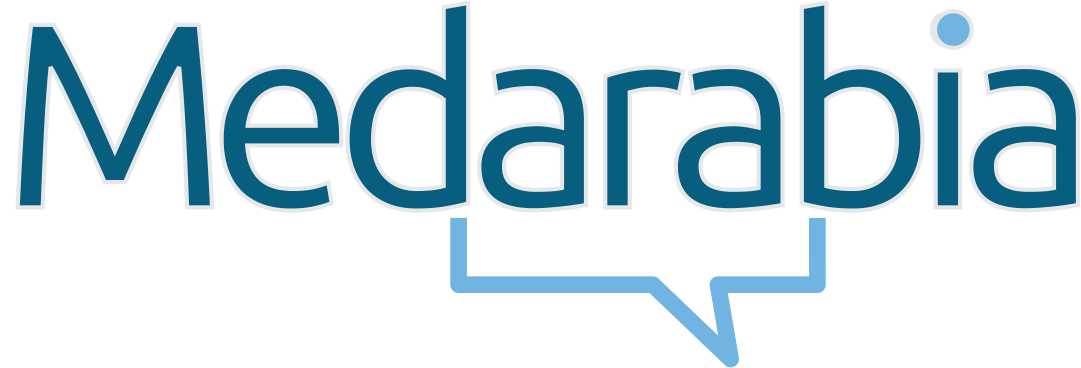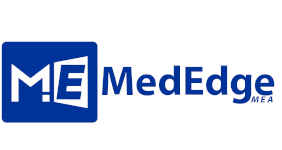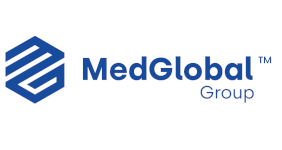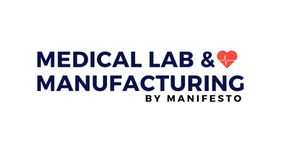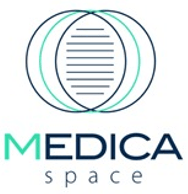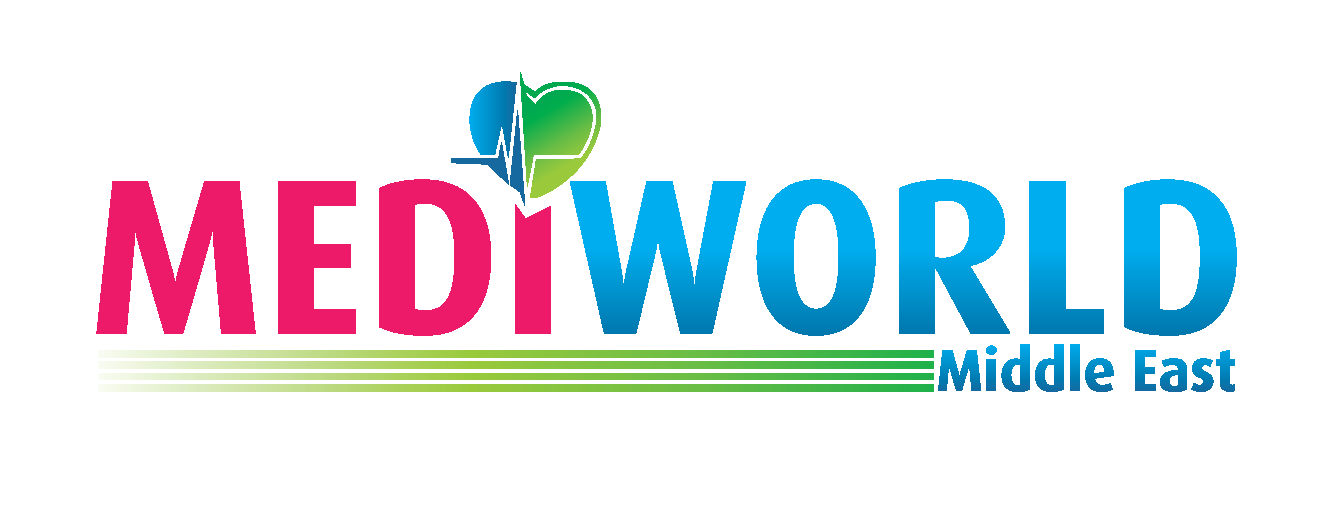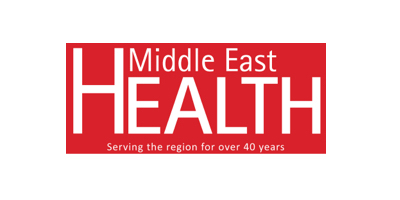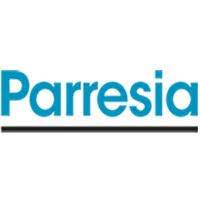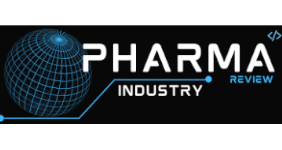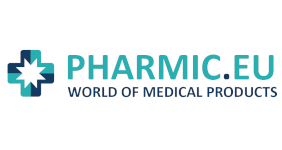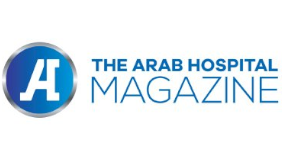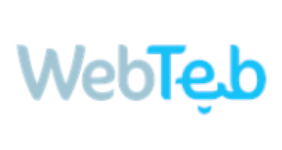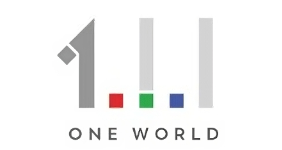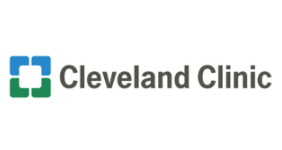Dräger Welcomes SDC, New Interoperability Standard for Hospitals
IEEE certification supports future security for manufacturers and users
- Service-oriented device connectivity (SDC) unifies medical device communication for streamlined workflows as the new international standard of the IEEE 11073 standard series
- Savings of over $30 billion per year in the US healthcare system alone are possible through functionally interoperable medical devices
- First SDC-capable Dräger product is planned for 2019
Dubai – Until now, hospitals have had their own protocols for electronic data traffic, depending on the medical device and manufacturer. Because proprietary transmission methods limit the availability of data, not all important data is available where it is needed. In addition, the administrative effort to integrate different systems and the risk of incorrect data transmission increase.
As a protocol with a standardized nomenclature and self-explanatory data structures, SDC will overcome these limits in the future. Collected data can be shared with other devices and displayed on different screens. Other possibilities of this technology include secure remote control of other medical devices and partial automation of clinical processes to support clinical users. In addition to the seamless networking of the devices, SDC also bridges the gap to hospital communication standards HL7 and FHIR (Fast Healthcare Interoperability Resources). These are mainly used for real-time data processing from the Hospital Information System (HIS) and other data infrastructures such as PACS (Picture Archiving and Communication System ) and LIS (Laboratory Information System).
"SDC offers new options for manufacturer-independent data exchange,” says Jens Altmann, Head of Segment and Product Management Hospital at Dräger. “In the future, our patient monitors, anesthesia machines, and intensive care ventilators, for example, will be able to exchange information with other devices close to the patient, thereby supporting therapy decisions even more efficiently. As a result, workflows and the treatment of patients can be significantly optimized." Dräger is currently testing heterogeneous environ-ments with SDC and intends to launch its first SDC-enabled product in 2019.
Secure networking in hospitals
The SDC standard specifies how devices can communicate with each other at the application level and exchange application-related information without loss of data quality. Standardized interfaces will facilitate the integration of medical devices into a network in the future. The data transmission is bi-directional, so an SDC-capable device can be a transmitter and receiver of information at the same time. With end-to-end encryption, SDC offers a high degree of security when transferring data.
SDC was primarily developed by representatives of hospitals, science, industry, and other organizations within the framework of a BMBF-funded project, Safe Dynamic Networking in Operating Rooms and Clinics (OR.net). IEEE included SDC in its family of IEEE 11073 standards in 2018. Since January 2019 all substandards, that are required to apply SDC, have been published.
Dräger. Technology for Life®
Dräger is an international leader in the fields of medical and safety technology. Our products protect, support and save lives. Founded in 1889, Dräger generated revenues of around EUR 2.6 billion in 2017. The Dräger Group is currently present in more than 190 countries and has more than 13,000 employees worldwide. Please visit www.draeger.com for more information.
